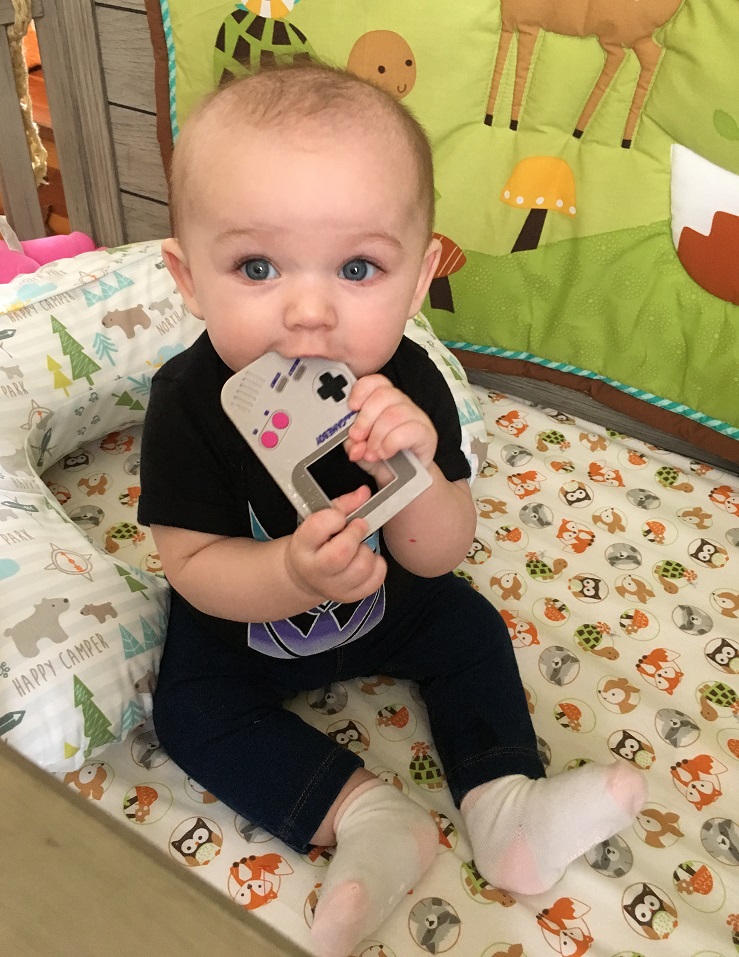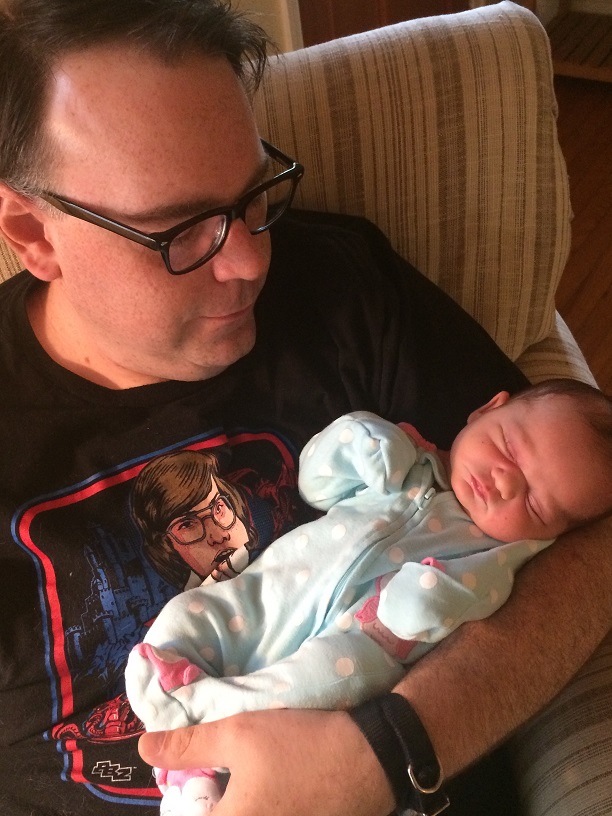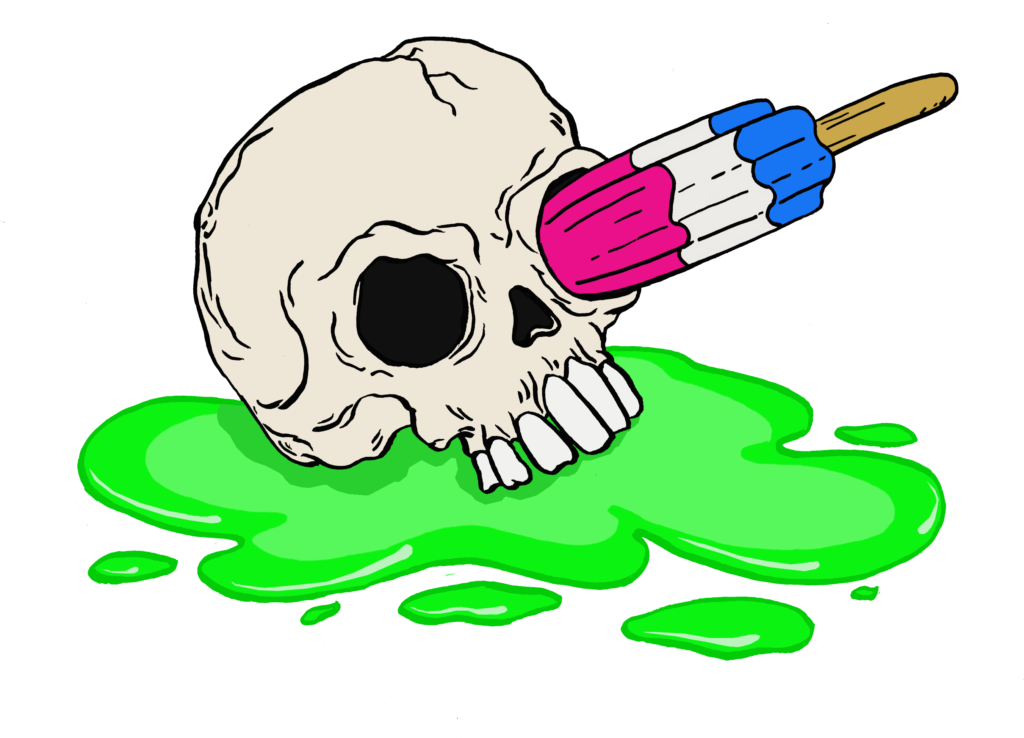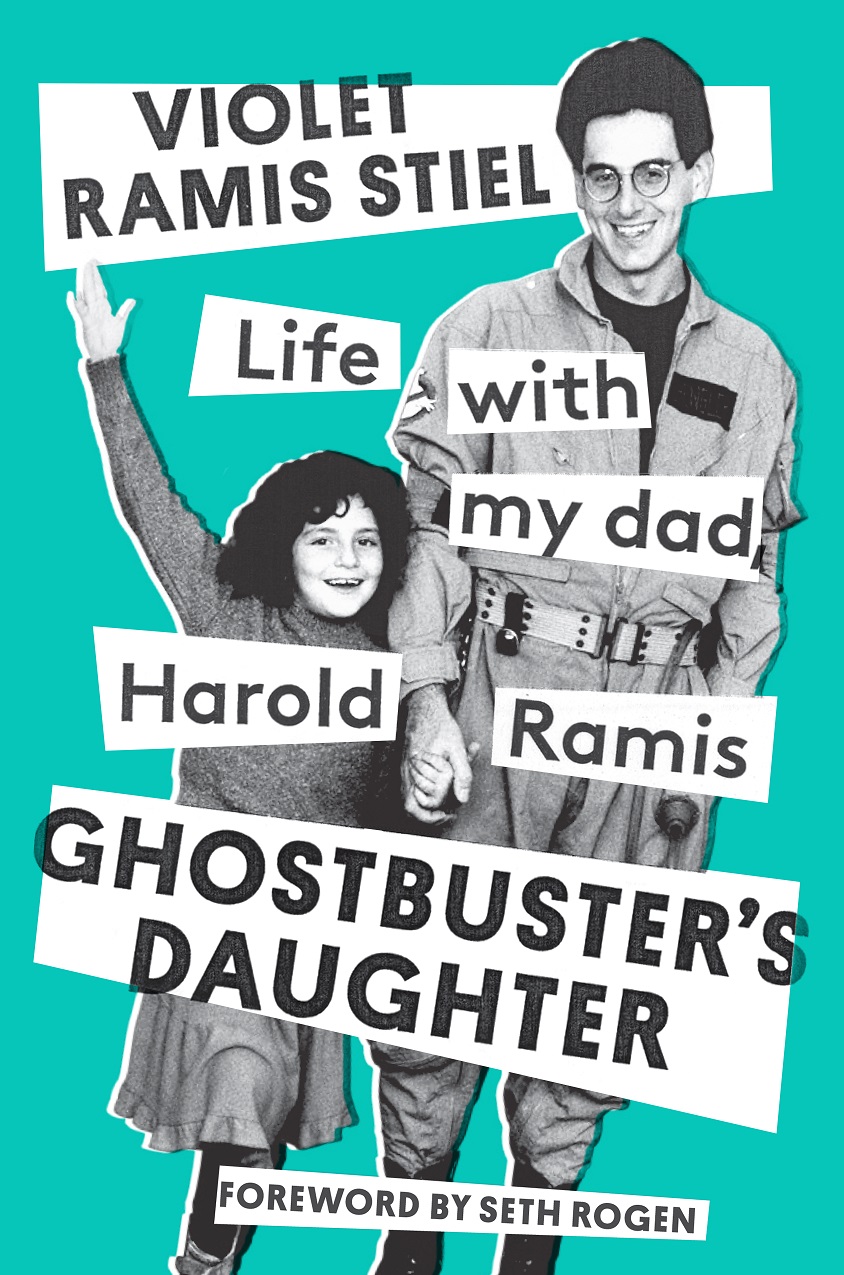To say that I have been through some “change of life” events over the past few years would be putting it mildly. Some where by choice, some circumstance, but all of them have affected me deeply in ways that I never anticipated and have caused me to reconsider most aspects of my life. Of all of the recent experiences, the most profound has been the birth of my first child, my daughter Robyn Willow. I spent the first half of my life fairly sure that I would never be a parent. It just wasn’t in the cards (for a number of reasons), and it led me down a particular path where I was comforted in not planning too far ahead, or having to consider many needs beyond what was for dinner and what bills were due. But my wife and I decided we wanted to have a child and that old life was put to rest seven months ago as I laid eyes on my daughter for the first time. Now, everything has been refocused to consider her first and I find myself seeking out advice on parenting all of the time.



I was pleasantly surprised this past week when I finally cracked open my copy of Violet Ramis Stiel’s Ghostbuster’s Daughter, as I was expecting a memoir or soft biography of her father, the late Harold Ramis, but what I found out fairly quickly was a treasure trove of parenting philosophies from one of my favorite artists. The book was released this past summer and it immediately found a spot on my wishlist. I’ve actually had a copy sitting in my to-read pile for months, but with my daughter’s arrival, finding time to do anything besides changing diapers, cleaning and preparing bottles, and soothing her colic has been hard. I had some downtime recently though, and finally dug into my copy hoping to learn a lot more about Ramis and maybe gleam some tidbits about the filming of Ghostbusters that I haven’t read elsewhere before.
The first third of the book fits this bill pretty well as Stiel recounts some of her father’s early experiences in film and television, dedicating short chapters to flicks like Animal House, Caddyshack, Stripes, National Lampoon’s Vacation, and of course Ghostbusters. She relies heavily on either vintage articles and reviews, or some new interviews with those who were close to him at the time (including her mother and his ex-wife Anne Plotkin, some of his assistants, and friends) to fill in the details as she was a bit young to recall the anecdotes and conversations. The material brief, and reads very quickly, so if you’re looking for a true film-by-film biography, you might be disappointed. But there’s enough there to keep it interesting and maybe paint a slightly more intimate portrait of the thoughtful writer/actor/director. Interspersed between the mini-chapters centered on his filmography are longer chapters illustrating what life was like for Violet and her parents as they were jetting between homes in California and Greece, and on-location life for the burgeoning family. Stiel is very candid about her parent’s relationship, but she never digs so deeply into the details where the memoir feels like a tell-all. There are certainly things broached about her father that might surprise fans of his work, but nothing damning or demonizing (unless you’re a hardcore member of P.E.T.A.)
I was enjoying the book well enough as a light look at Harold Ramis’ life and career, but the book took a much more interesting turn for me around the point where it starts discussing his work post-Ghostbusters. Starting with short bit on Club Paradise and then beyond throughout the rest of his film-work and life, the book really changes its focus to the trials and tribulations of parenting and raising families. This is around the time when Stiel turns 9 or 10 and she seems to be hitting puberty a tad early. On top of this, Ramis and his first wife Anne separate, he falls in love with and eventually marries his assistant Erica (with whom he would spend the rest of his life), and he also makes a very pointed decision to up the ante on the thoughtfulness of his movie work. Ghostbusters II notwithstanding, the bulk of Ramis’ films following including and following Club Paradise strive to examine the human existence through a mix of philosophy and comedy. Films like Groundhog Day, Multiplicity, the Ice Harvest, and even Bedazzled and Stuart Saves His Family tackle issues of existentialism, Buddhism, vice, fame, family, and the elimination of desire to achieve true happiness. With each film he strived to reach the audience on multiple levels beyond just disposable comedy. When you consider this and then read about how he sought to change his own life, and how he dealt with a growing family and his daughter becoming her own woman, there is a lot to take away from a parenting perspective.
Granted, I’m currently primed for this type of content, but it really struck me square in the chest and made me open my eyes to the road ahead with my own daughter. The book is not without its flaws; one of the largest is that Stiel tends to come off as a bit bratty, and there are portions of the book that are dripping with unfortunately irony when she is attempting to illicit sympathy from the reader. It’s hard to empathize with her when she writes about her time as a social worker in a NYC hospital and the hardship of making a difference in the lives of people who are suffering from profound poverty or circumstance, all while she is constantly asking her father to financially support her. All in all though, I’d definitely recommend reading Ghostbuster’s Daughter if you’re a new parent, or one with kids that are careening towards those insane teenage years as there is a lot of wisdom between the two covers that could offer some comfort. Also, it’s totally worth picking up if you’re a Ghostbusters fan, or a fan of Harold Ramis, though be warned that the book is balanced about 50/50 between stories and anecdotes on Ramis’ career and Violet’s own, non-celebrity life experiences.

